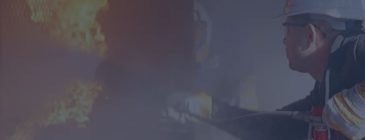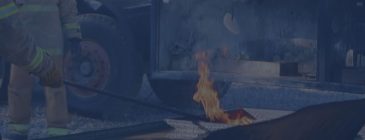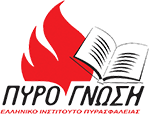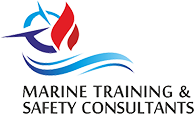Liquid gas fires are extremely dangerous as a result of gas leaks or gas explosion. The specific training provides multiple benefits to the trainees – crews because they learn and practice techniques.
Course
Objectives
At the completion of the course participating trainees will be aware:
- of liquefied gas fires hazards.
- of various sources of ignition which may be present on a liquefied gas tanker and take all relevant precautions.
- of the main types of firefighting equipment and means of personal fire protection.
- of the limitations of fire protective clothing.
- of the methods that can be employed in order to control and extinguish a liquefied gas fire.
- of the proper use of the available firefighting equipment and protective clothing, as well as advanced practical firefighting techniques and tactics applicable to gas tankers.
Why
Lgff
The specific training provides multiple benefits to the trainees – crews because they learn and practice on:
- Liquid gas firefighting techniques.
- How (techniques) to protect important and crucial infrastructures and premises, in case fire is developing in fountain – jet manner.
- Fire approaching techniques and pipe gas flow interruption.
It is recommended that trainees have attended an Advanced Fire Fighting Course (AFFC) within the last 3 years.
All trainees must have a doctor’s certificate of good health.
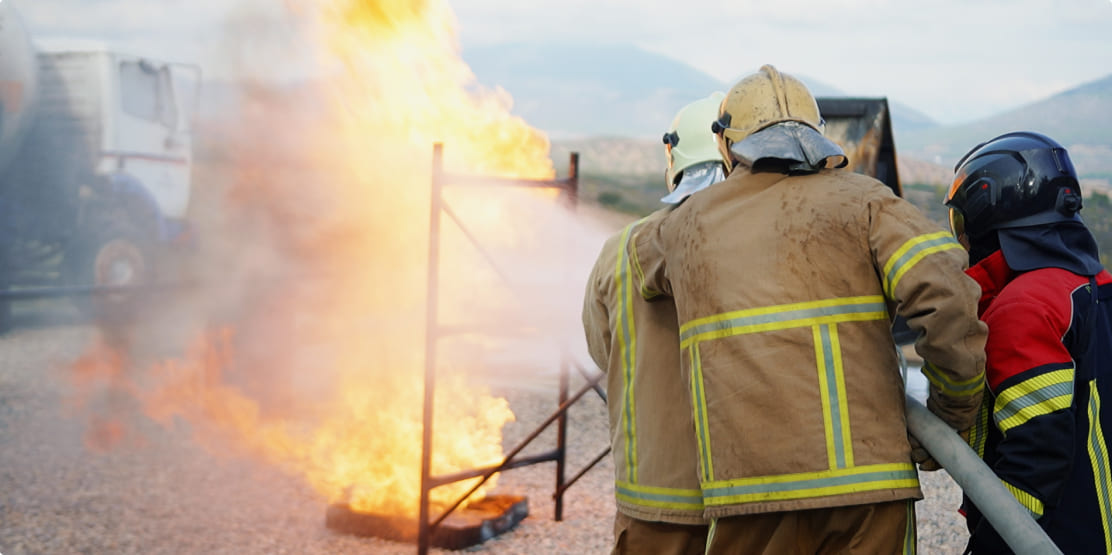
Course
Theory
- Flammable / Explosive mixture. What is their relation. flash point, auto-ignition temperature, flammable range, LEL, UEL, flammability chart, effect of oxygen %.
- Special combustion characteristics of liquefied gases:
- pool fires
- pressure leak fires
- confined explosions
- unconfined
- semiconfined vapor cloud explosions
- radiation
- exposure protection
- The BLEVE phenomenon.
- Sources of emission of flammable cargo vapor – leakage of liquefied gas not ignited – dispersion of gas, vapors and liquefied spill.
- Precautions against sources of ignition.
- Static electricity, earthing, bonding, insulating – cathodic protection on ship/jetty.
- The danger of static electricity caused by CO2 injected in explosive atmosphere.
- Controlling a fire (cutting off the supply of fuel – recommended action if this is impossible – inhibiting the burning process, removing oxygen, removing heat.)
- Treatment of riser, liquid spill and pressure leak fires.
- Fire extinguishing systems: portable firefighting equipment. Fixed water spray, fixed dry powder, total flooding systems. Areas protected, use limitations.
- Personal protective equipment.
- Organization and crew training.
- Case studies.
- Practice
Course
Practice
- Demonstration of the use of protective clothing
- Demonstration of the fire team tasks without a fire
- Pool fires:
- The effect of dropping water
- The propagation of gas
- Flash backfire Using DP Possibilities and difficulties
- Water spray Dispersion
- Extinguishing a simulated mast riser fire introducing nitrogen or using fry powder
- Probability of reignition. The need for cooling
- Team of 4 fire fighters using water hose they bend a jet fire flame to avoid impinging on a pipe
- Team of 4 trainees wearing protective clothing and using water spray protection approaches the fire of a leaking flange, the bend, the flame and close the valve
- These exercises are repeated with the trainees changing position in the team

